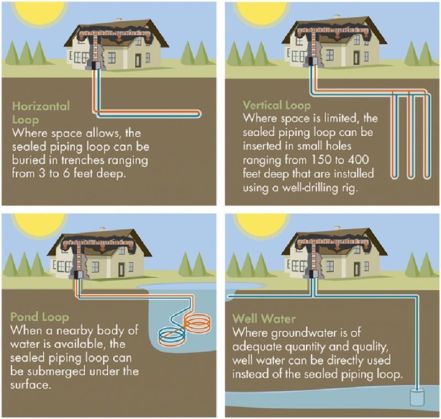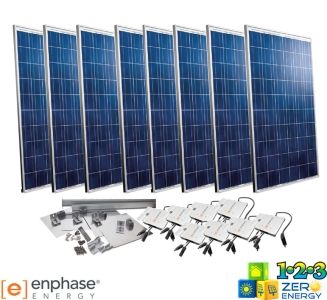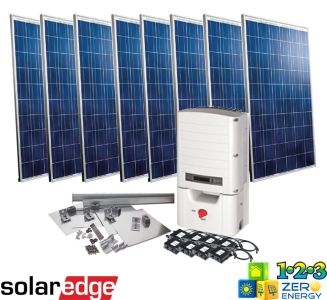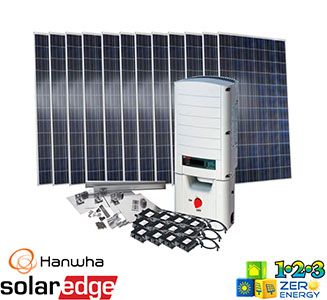Just imagine a home where the temperature is always comfortable yet the heating and cooling system is out of sight. The system operates effortlessly; but doesn’t need extensive maintenance or knowledge for the owners.
The inside air smells really nice; you can listen to the chirping of birds and rustling of wind through the trees. The home shares the energy with the earth in the similar way like the roots of the trees exchange the life essentials to their branches and leaves. Seems comfortable, right?
Do you want geothermal heating for green house? Geothermal ground source heat pumps have become more popular throughout the USA and Canada. The ground source heat pumps are able to deliver outstanding COP – coefficient of performance of 5 times or greater.
This means, you will get maximum return on your investment quickly than ever. Geothermal has become one of the most reliable forms of sources for green energy for both northern and southern climates. They have the ability to provide both the heating and cooling benefits ensuring greater flexibility to homeowners.
Generally, geothermal heat pumps use the sun like any other solar system; however they do this indirectly by harvesting solar energy which has been absorbed by earth year round. In cold climates, only the top of the earth surface freezes. Under this level, there is a plenty of heat energy to be pulled out and transferred throughout home or business.
Usually, a heat pump works like an air conditioner. It removes heat from the earth during winter by transferring it back to the earth.
It does in a way whereby it is used less energy than the system supplies or removes. This is well-known as the Coefficient of Performance or COP. Every heat pump has an energy rating which describes this ratio.
The modern heat pumps are capable of delivering four times the energy they use. Every 1 KW of energy is used to operate the compressor; the systems can deliver 4KW of free energy. This has a COP of 4; which results in 66% reduction in both heating and cooling. A COP of 5 has a greater savings of 75%.
The Types of Geothermal Systems
Actually, there are four common and popular geothermal systems available on the market. The type of system you will use depends on the local topography and the availability of land or water space. The most common and simplest system to install is the horizontal group loop or the well loop. Water loops are popular systems; but only if you have access to a lake.
Horizontal Loop
This system can be used where the space allows. The sealed piping loop can be buried in trenches that range from 3 to 6 feet deep.
Vertical Loop
This system can be utilized in the place where space is limited. The sealed piping loop can be connected in small holes which ranges from 150-400 feet deep that are install using a well-drilling rig.
Pond Loop – This system is considered when a nearer water body is available. The sealed piping can submerged underneath the surface.
Well Water Loop – It can be used where groundwater is of adequate quality and quality. Well water can be used instead of sealed piping loop.
Final Consideration –
Geothermal heating for green house by 123 Zero Energy makes the vision of getting cooling and heating benefits a reality. Our geothermal systems bring a building in harmony with the earth beneath, taking advantage of temperatures to provide heating in winter as well as cooling in summer. For more information, please click here.








